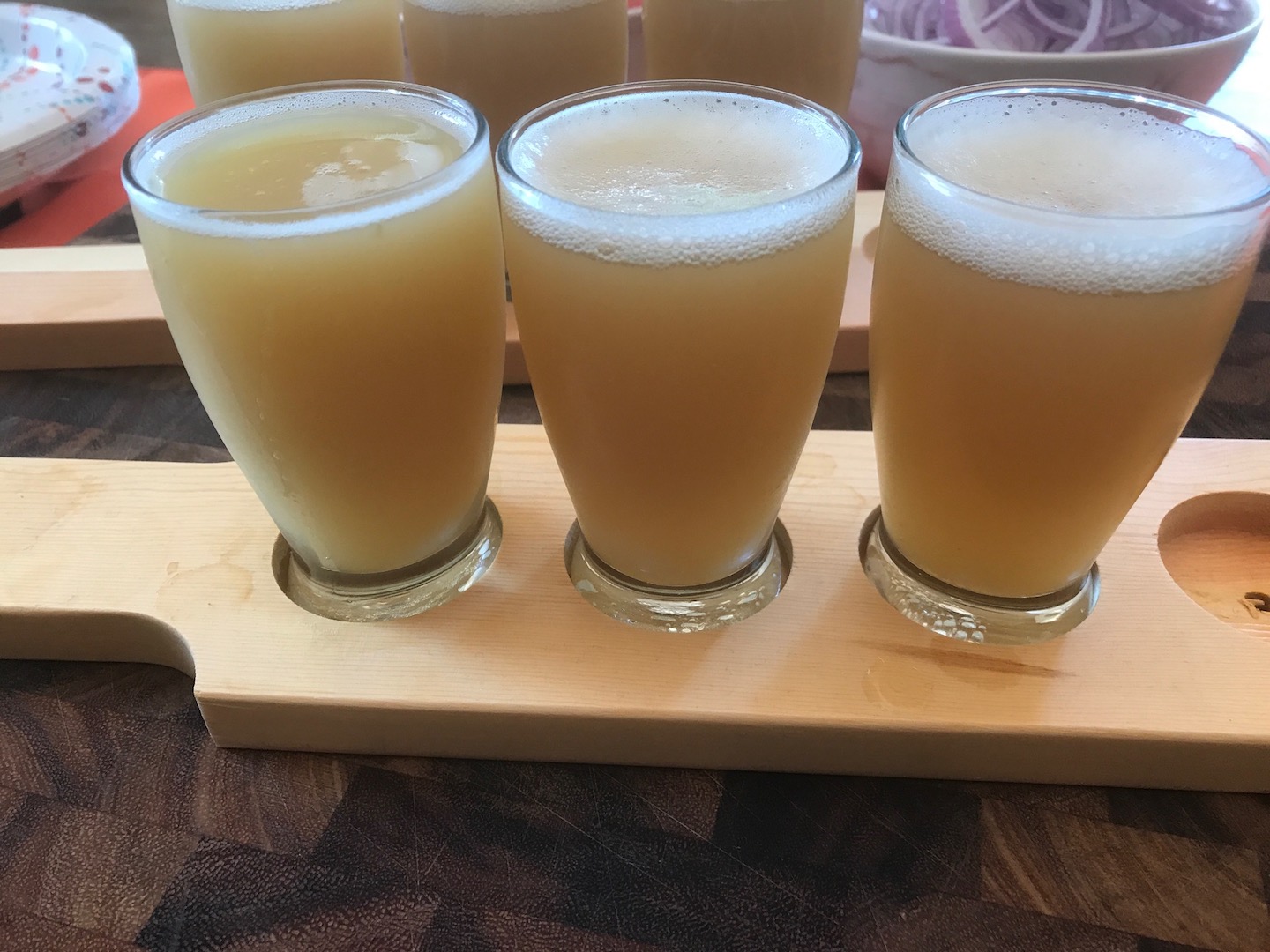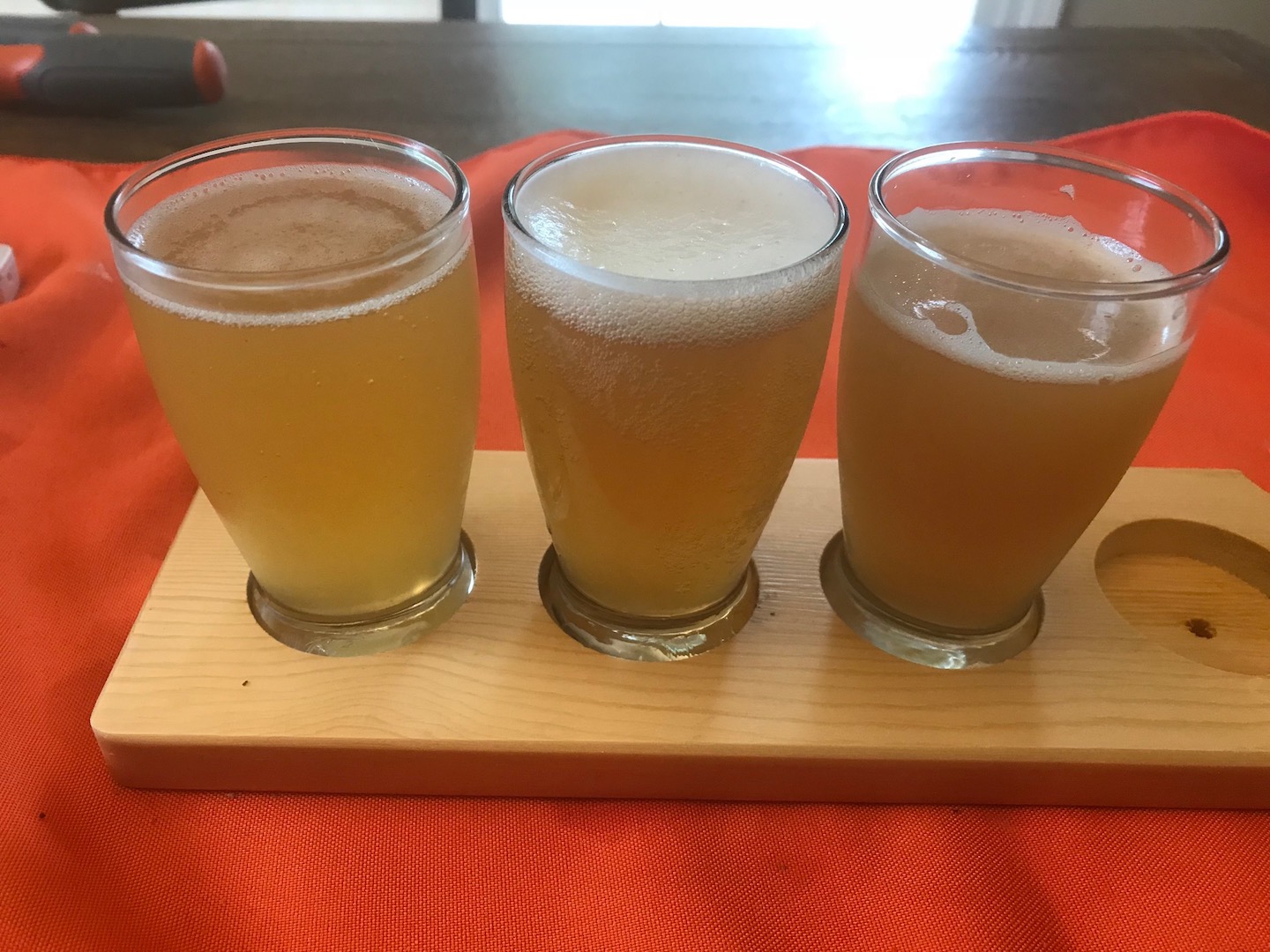I have a couple points in reply to that, or at least things to think about.
1) There is no reason you can't add the same mass/volume of hops to a WCIPA as to an NEIPA. I routinely use the same hopping rates. However, the hops I use in WCIPA often result in a less hazy beer, as does the yeast. Also, the hops never seem to deliver the same wallop if I use the traditional WC hops - the dank, piney, grapefruit ones.
2) I have experienced the hop burn as well from using 2+ oz/gal in the dry hop. I am not a fan so I have dropped back down to 1 oz/gal in the dry hop. Others have reported the burn from keg-hopping with Cryo hops.
3) My favorite IPA of all time is Heady Topper. Is it a WCIPA? Is it an NEIPA? I don't think it really fits into either category. It has only dank, WC style hops and is FIRMLY bitter. But, it also has a metric load of hop flavor, more than many NEIPAs I've tried and a full rich mouthfeel and flavor. It is very very hazy when it is cold but as it warms it becomes more and more clear until it is merely hazy, like a cold WC IPA. It is certainly not a murk-bomb by any measure. I think it is maybe a perfect blend b/w a WC and NEIPA. I guess this is an entire debate, but part of my point is that there is a smearing b/w styles at some point, and I LIKE it!!
4) I can completely believe that some NEIPAs would benefit from fining. Does the yeastiness really add to the flavor? HT is an example. I doubt there is much yeast at all, since it dissipates as it warms up. Some NEIPAs are super yeasty, which can add to mouthfeel, but it can also add to coarse/harsh/unpleasant flavors. I think there is certainly room for fining with NEIPAs. In particular, I have consistently found that WY1318 produces a sub par beer for me until the beer has been in the keg for 2-3 weeks. Weird, but it always happens that I like the beer more as it ages a bit. I think part of that is the yeast dropping out some more.
5) Whirfloc - I've used and omitted whirfloc. It seems to me that the whirfloc-less batches are all super haze bombs all the way to the end of the keg, but are they better b/c they were hazy? I don't know.





![Craft A Brew - Safale S-04 Dry Yeast - Fermentis - English Ale Dry Yeast - For English and American Ales and Hard Apple Ciders - Ingredients for Home Brewing - Beer Making Supplies - [1 Pack]](https://m.media-amazon.com/images/I/41fVGNh6JfL._SL500_.jpg)




















































